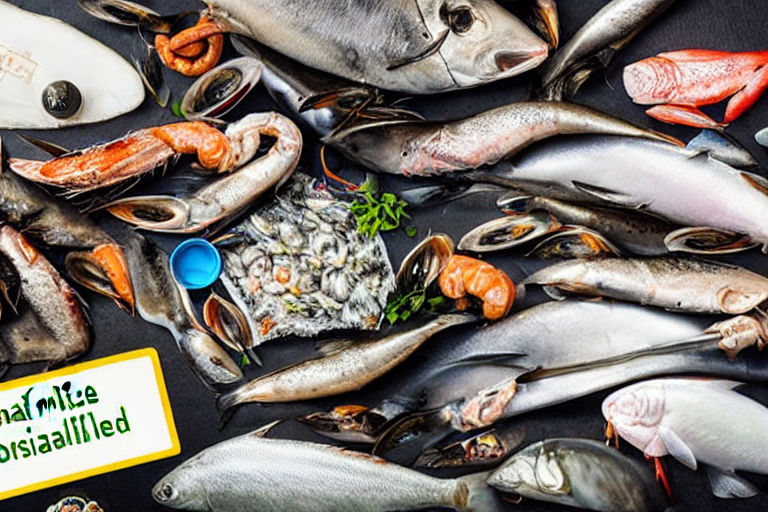Sustainable Seafood: What You Need to Know
Seafood is a delicious and healthy source of protein, but with the increasing demand, overfishing has become a major concern. Sustainable seafood is a viable solution that helps us continue to enjoy this wonderful food source while protecting the ocean ecosystems. In this article, we will discuss everything you need to know about sustainable seafood.
What is Sustainable Seafood?
Sustainable seafood is harvested using practices that protect and maintain the health of both wild fish populations and the marine environment. This means fishing techniques that minimize bycatch, reduce overfishing, and maintain healthy fish populations in the long term.
Why is Sustainable Seafood Important?
The demand for seafood continues to grow, and if we continue to overfish and harm our marine ecosystems, we risk losing an important food source forever. Sustainable seafood helps ensure that we can continue to enjoy seafood while protecting the oceans for future generations.
How to Identify Sustainable Seafood?
The easiest way to identify sustainable seafood is by looking for eco-labels on the packaging. These eco-labels are provided by organizations that certify sustainable seafood products based on rigorous sustainability standards.
Benefits of Sustainable Seafood
Aside from preserving the ocean ecosystems, there are several personal benefits to choosing sustainable seafood. Firstly, it supports local fishermen and promotes long-term economic stability in coastal communities. Secondly, sustainable seafood is often of higher quality and fresher than non-sustainable alternatives, meaning it tastes better and has more nutrients.
Top Sustainable Seafood Choices
There are many sustainable seafood options available, including:
- Farmed oysters
- Pacific albacore tuna
- Wild-caught Alaskan salmon
- Farmed rainbow trout
- US Atlantic sea scallops
How to Make Sustainable Seafood Choices?
Making sustainable seafood choices is not always easy, but there are a few things you can do to help:
- Look for eco-labels on the packaging.
- Check seafood guides such as the Monterey Bay Aquarium Seafood Watch.
- Ask your server or fishmonger where the seafood comes from and how it was caught.
Conclusion
Sustainable seafood is a vital part of our food system that we should all be aware of. By understanding what sustainable seafood is, why it’s important, and how to identify it, we can all make choices that help preserve our oceans and provide us with a delicious, healthy food source for years to come.



